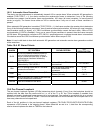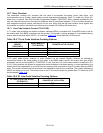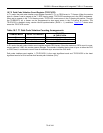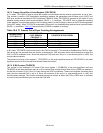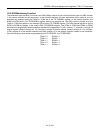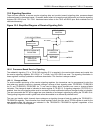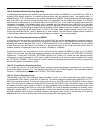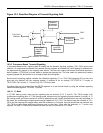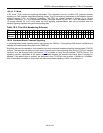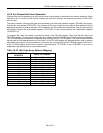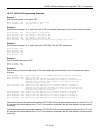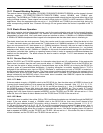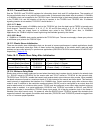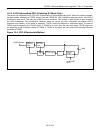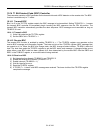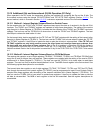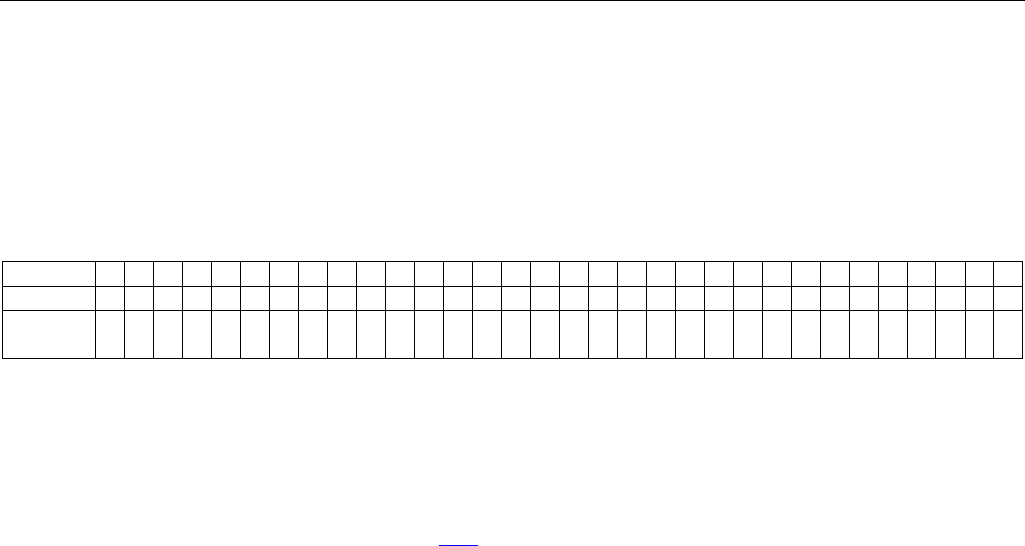
DS33R11 Ethernet Mapper with Integrated T1/E1/J1 Transceiver
85 of 344
10.9.3.2 E1 Mode
In E1 mode, TS16 carries the signaling information. This information can be in either CCS (common channel
signaling) or CAS (channel associated signaling) format. The 32 time slots are referenced by two different channel
number schemes in E1. In “Channel” numbering, TS0–TS31 are labeled channels 1 through 32. In “Phone
Channel” numbering, TS1–TS15 are labeled channel 1 through channel 15 and TS17–TS31 are labeled channel
15 through channel 30. In E1 CAS mode, the CAS signaling alignment/alarm byte can be sourced from the
transmit signaling registers along with the signaling data.
Table 10-9. Time Slot Numbering Schemes
TS
0 1 2 3 4 5 6 7 8 9 10 11 12 13 14 15 16 17 18 19 20 21 22 23 24 25 26 27 28 29 30 31
Channel
1 2 3 4 5 6 7 8 9 10 11 12 13 14 15 16 17 18 19 20 21 22 23 24 25 26 27 28 29 30 31 32
Phone
Channel
1 2 3 4 5 6 7 8 9 10 11 12 13 14 15 16 17 18 19 20 21 22 23 24 25 26 27 28 29 30
10.9.4 Hardware-Based Transmit Signaling
In hardware-based mode, signaling data is input through the TSIG pin. This signaling PCM stream is buffered and
inserted to the data stream being input at the TSERI pin.
Signaling data can be inserted on a per-channel basis by the transmit hardware-signaling channel-select (THSCS)
function. The user has the ability to control which channels are to have signaling data from the TSIG pin inserted
into them on a per-channel basis. See Section
10.2 for details on using this per-channel (THSCS) feature. The
signaling insertion capabilities of the framer are available whether the transmit-side elastic store is enabled or
disabled. If the elastic store is enabled, the backplane clock (TSYSCLK) can be either 1.544MHz or 2.048MHz.
Also, if the elastic is enabled in conjunction with transmit hardware signaling, CCR3.7 must be set = 0.



